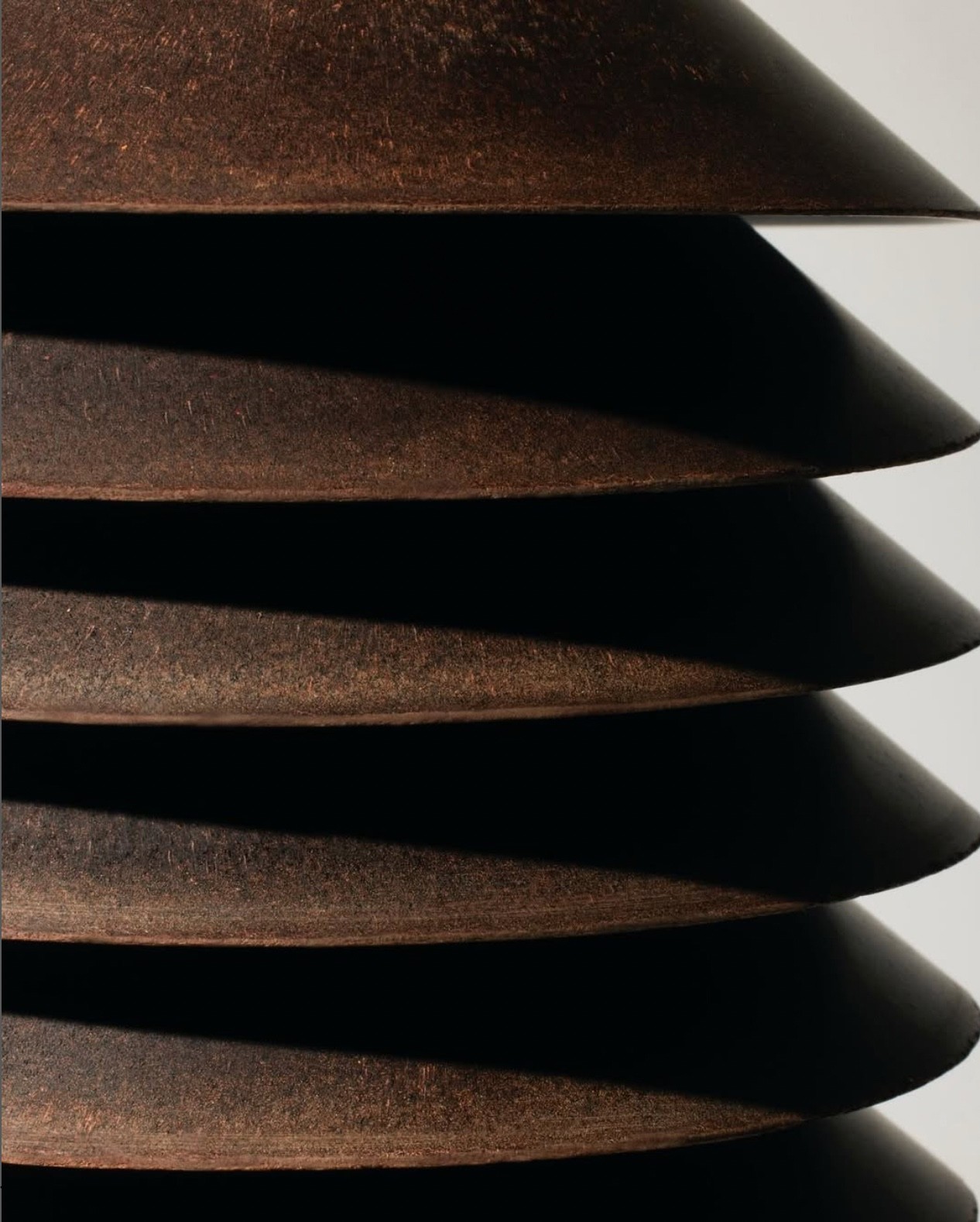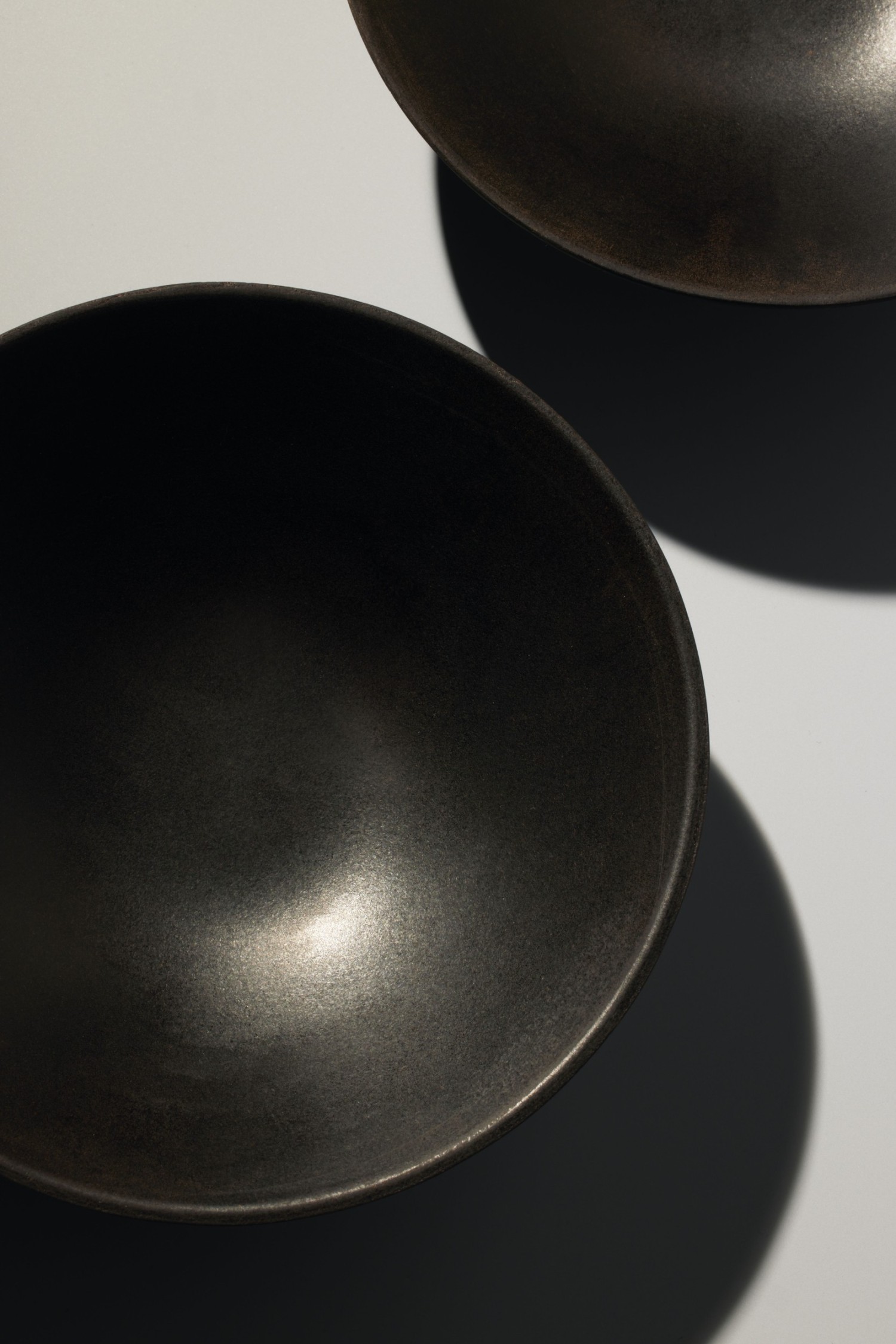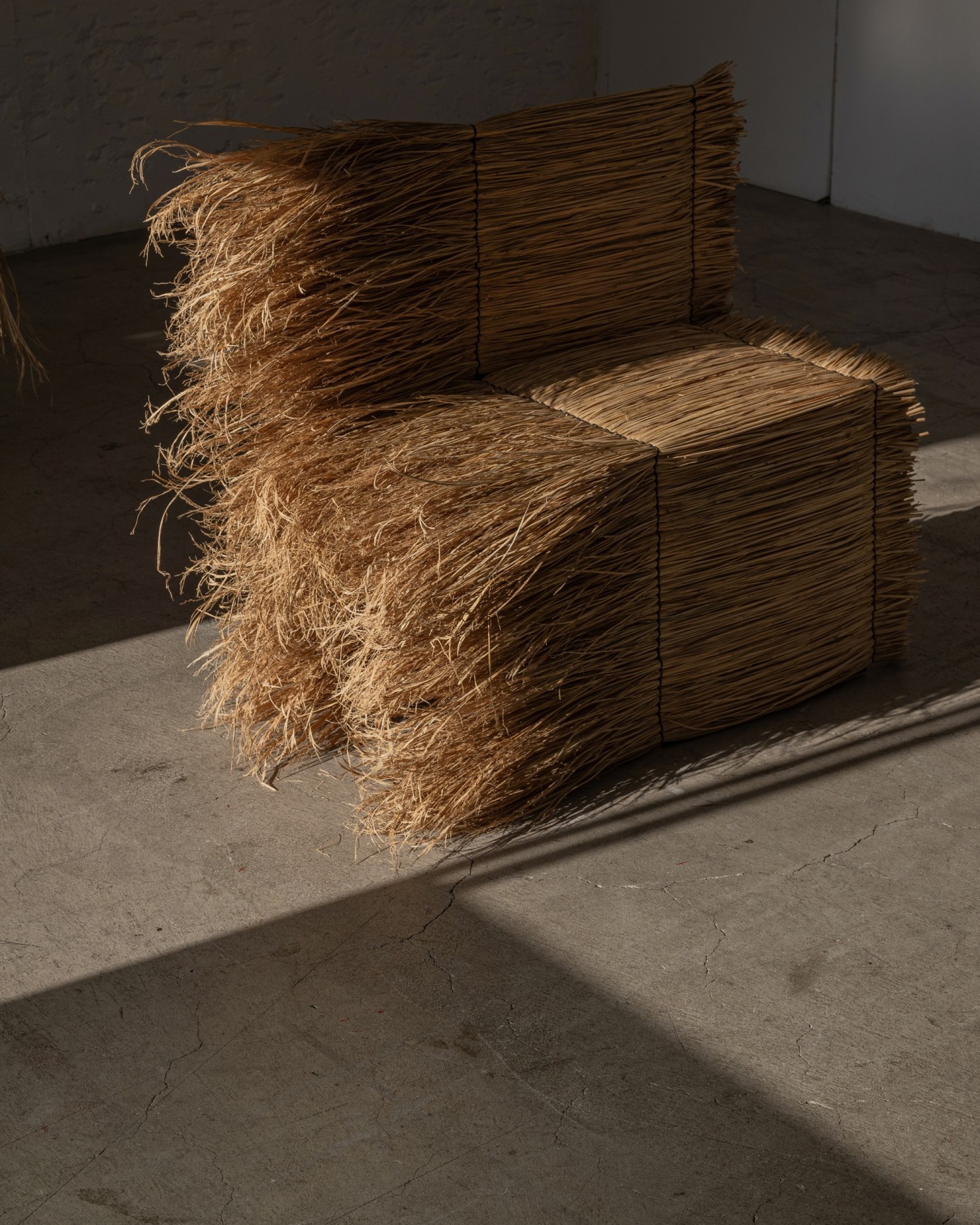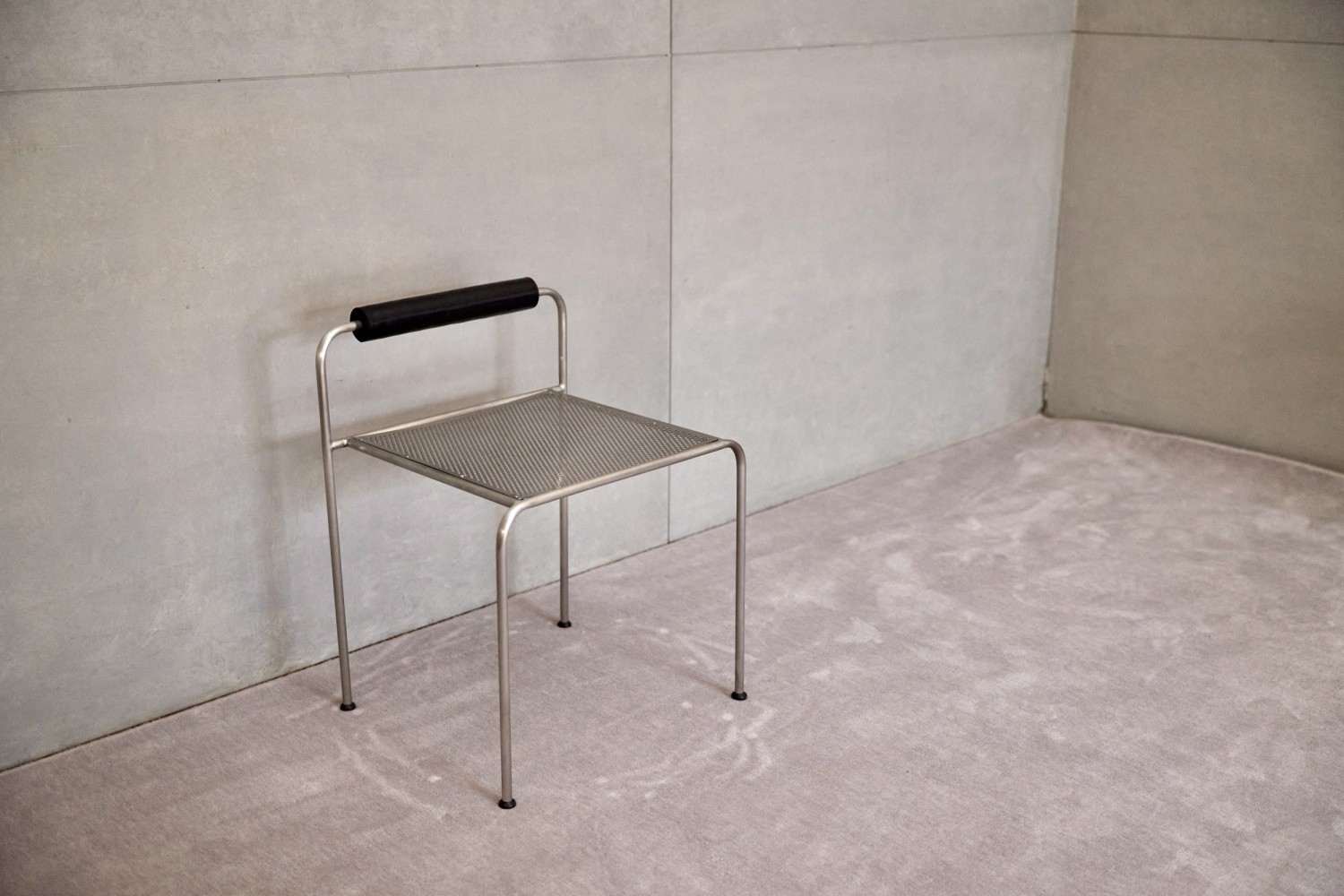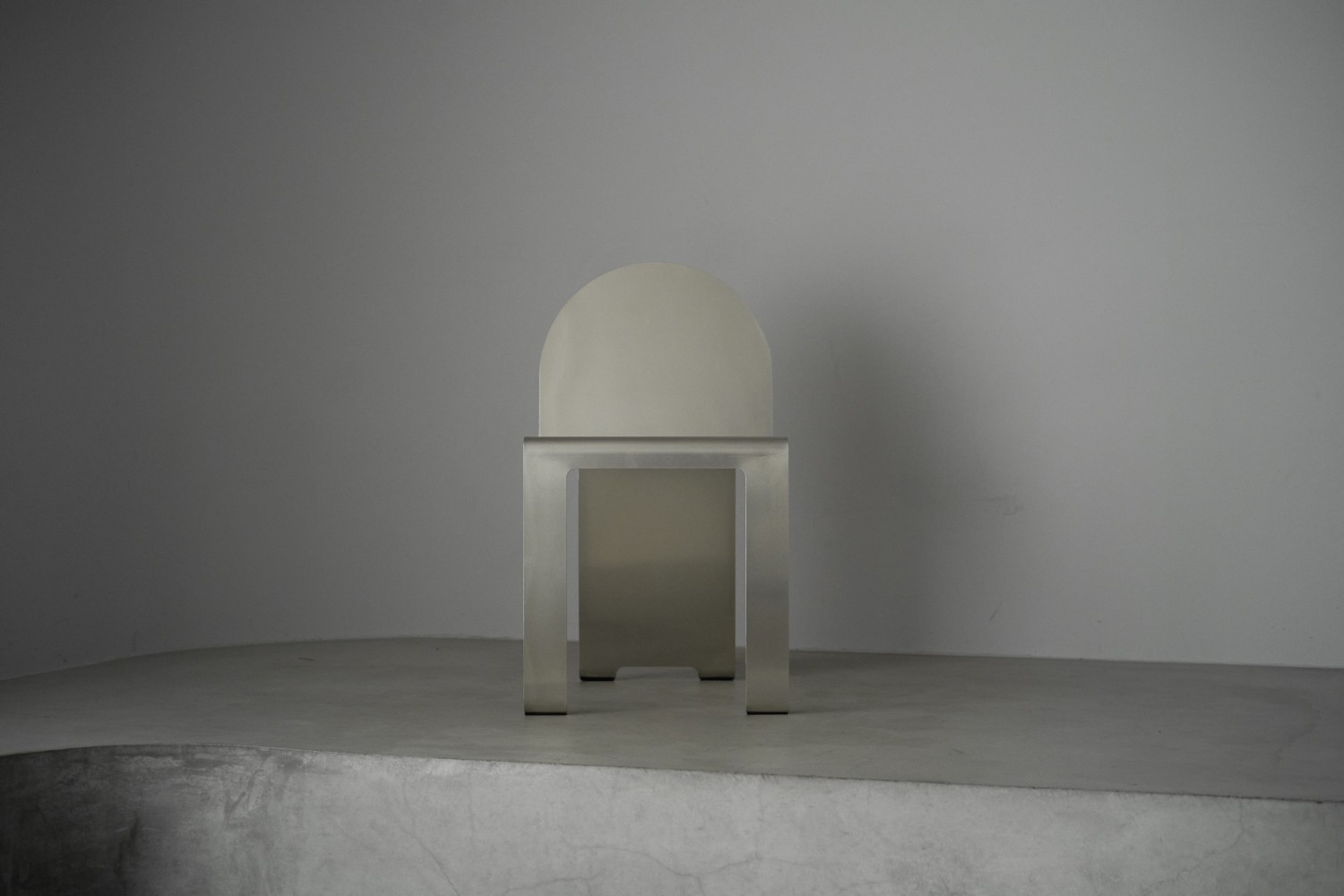URCYL © Masanori AKAO
For the first time, FORMÆ’s rendez-vous de la matière is inviting a guest country: Japan.
As a partner of the event, the Japan National Tourism Organisation (JNTO) is fully involved in this unique programme. A monumental materials library and a selection of exhibitors chosen for their excellence and capacity for innovation illustrate the richness of the Japanese archipelago in terms of craftsmanship and design. Following in the footsteps of iconic figures such as Isamu Noguchi, George Nakashima, Soetsu Yanagi and Shiro Kuramata, a new generation of creatives is embracing this heritage, exploring lacquer, paper, straw, colours and metal in new and original ways. Here’s an overview.
THE QUEEN OF MATERIALS: URUSHI
Harvested for over 10,000 years from the lacquer tree, mainly in the Tohoku region of northern Japan, urushi sap is the basis for one of the archipelago’s most iconic crafts. Its inimitable lustre and texture make it a coating of choice. Traditionally reserved for precious and refined creations, lacquer, applied in thin successive layers, can be easily restored. As a result, lacquered objects are passed down through the generations. This durability makes it ideal for everyday use.
The fourth generation at the helm of the family workshop, which was awarded the prestigious Primum Familiae Vini (PFV) prize last April for its excellence and sustainability, Takuya Tsutsumi is transposing this heritage onto surfboards, skateboards and bicycles. On another scale, sculptor Nobuyuki Tanaka explores its sculptural power through monumental works. This ancestral craft, which has become an art form, remains a fertile playground for the most contemporary expressions, as evidenced by his recent collaboration with Pokémon for an exhibition at the Hachinohe Art Museum. Urushi also inspires the materials of tomorrow. As an alternative to plastic, the company ELEMUS has developed URCYL™, an innovative material that is 100% plant-based, derived from the resin of the lacquer tree, making use of this local resource.
PAPER STILL IN VOGUE
Omnipresent in Japan, washi paper is rarely used for writing, but rather for dressing, decorating and sculpting light: from temple lanterns to sliding doors in houses. Its manufacture, from mulberry bark, varies according to the region. It was in Gifu, the historic centre of handmade paper, that Isamu Noguchi observed the bamboo and paper lamps used by cormorant fishermen to create his iconic Akari lamps, which diffuse a soft, poetic light comparable to that of the moon.
Today, washi continues to fascinate the creative world: from Yayoi Kusama’s immersive installations to Kengo Kuma’s sensitive architecture and the refined objects of the Nendo studio. At the same time, the material is being transformed to meet current standards: the Japanese company WARLON has developed a technical washi that is waterproof, stain-resistant and fire-retardant, particularly suitable for interior design and the hospitality sector. To extend the spirit of washi, some artists are turning to other papers and techniques. Kuniko Maeda, represented by the A Tempera gallery in France, creates her 3D sculptures from crumpled used paper, combining drawing, cutting and painting with persimmon tannin (kakishibu) lacquer.
RICE STRAW, A CREATIVE FIBRE
A poor material but steeped in history, rice straw has long been used for everything from thatched roofs to everyday objects. A by-product of the harvest of this essential commodity in Japan, it was used to make shoes, blankets and packaging before becoming scarce in modern life. Nicknamed ’the straw artist’, Arko is reviving this tradition in plant-based wall hangings. By abandoning the complexity of weaving in favour of sewing raw fibres, she is facilitating the restoration of this forgotten material. Sensitive to its agricultural dimension, the Straft studio, founded by Tamaki Ishii and Kazuma Yamagami, promotes this rice by-product in chairs and benches whose shapes evoke straw bales. The Tokyo duo has even developed a technique similar to knitting, which is used to make clothing and rugs.
LOCAL EXPERTISE
In Japan, traditional dyeing, which gave its name to the deep and mysterious shade of indigo, is synonymous with craftsmanship excellence. The pride of artisans in Awaji (Hyogo Prefecture) and Tokushima, it is used to dye cotton, yukata (light kimonos) and samue (work tunics), but also stimulates the imagination of designers and architects for the creation of interior textiles, decorative panels and other coverings. Japanese glazed ceramics also bear witness to the link between craftsmanship and colour. Traditional glazes, sometimes inspired by the subtleties of indigo, decorate tableware, tiles and ritual objects, with each shade reflecting a know-how passed down from generation to generation.
Today, this heritage is giving rise to contemporary experiments such as the SO-Colored project, presented at Milan Design Week 2025. The Tokyo-based studio We+ has developed sustainable pigments based on natural resin and microalgae. Cultivated in the laboratory, they change colour depending on light, humidity and heat to reveal vibrant shades – green, red, yellow – reminiscent of traditional enamels. Presented at 3daysofdesign in Copenhagen, Yuri Himuro’s COLORWAVE collection cultivates the same approach: a textile with dynamic weaves whose patterns and colours vary depending on the angle of view.
METAL, THE SOUL OF SHARP DESIGN
In Japan, metal is a tool, a material and an aesthetic language. In historic artisan forges, cutlers perpetuate techniques inherited from samurai swords and peasant life: layering steel, quenching, polishing and damask or honeycomb patterns. This mastery of metal finds its extension in contemporary furniture: steel, copper and brass are bent to minimalist geometry while incorporating ingenious mechanisms, such as invisible locking systems. Takashi Kita (Kitaworks) designs bespoke pieces in the workshop founded by his family in Tsuyama (Okayama), where each piece combines elegance and engineering.
Continuing this quest for technical excellence, the Abel company has invented an exclusive finish. With Abel-Black, stainless steel is adorned with an abyssal black colour and extreme resistance to corrosion, impact and handling, while preserving its texture and natural shine. Already used in architecture, automotive and optics, this innovative treatment allows designers and architects to cut, bend or perforate steel for durable and aesthetic applications both indoors and outdoors.
photos : URCYL © Masanori AKAO • Studio Straft © Kazuki Hikeda • Kitaworks • Kitaworks
